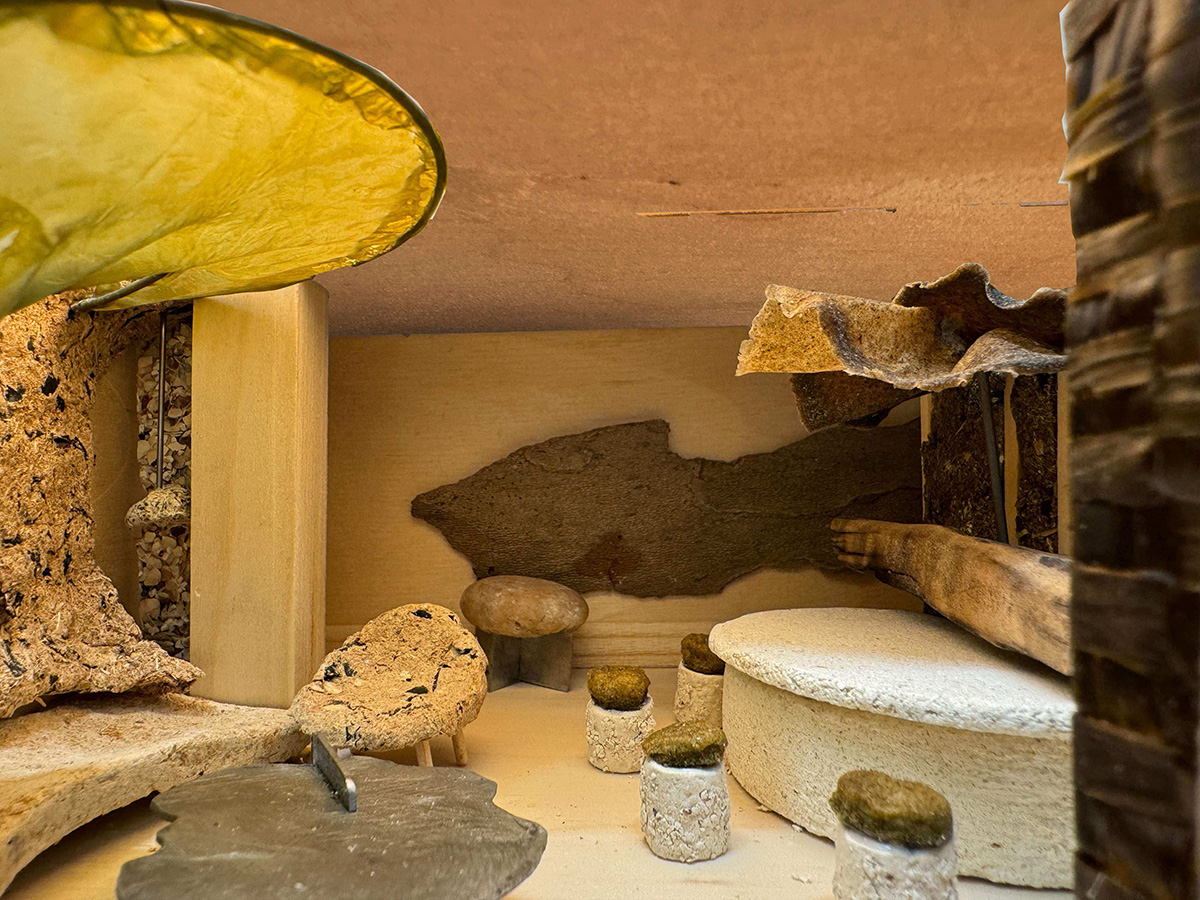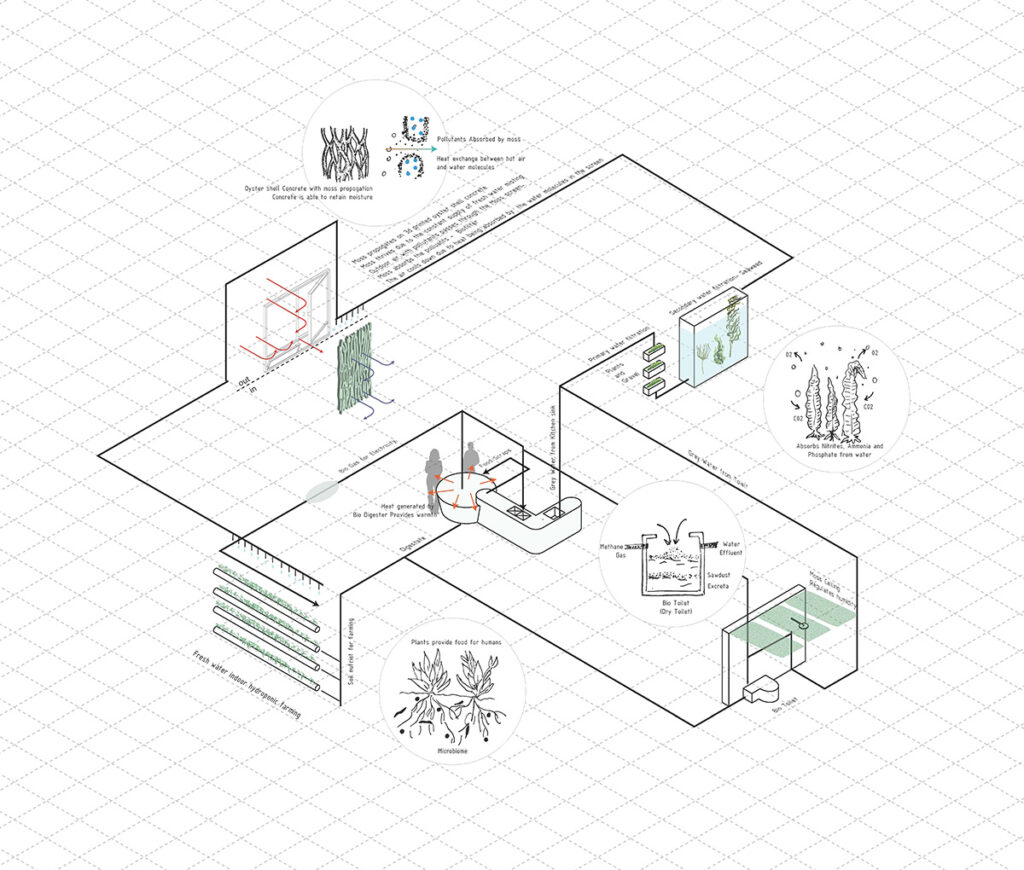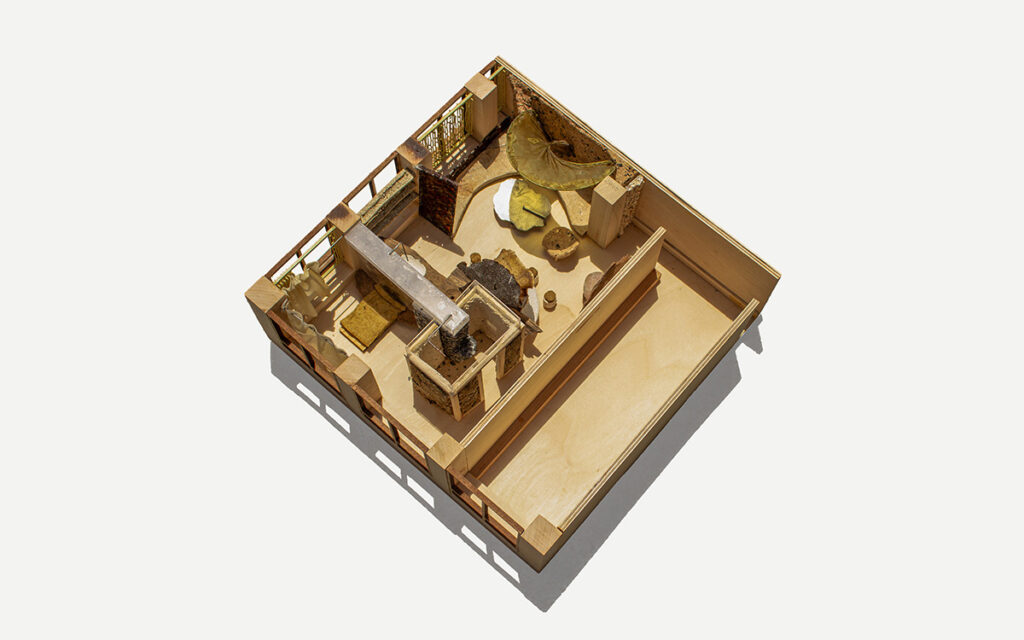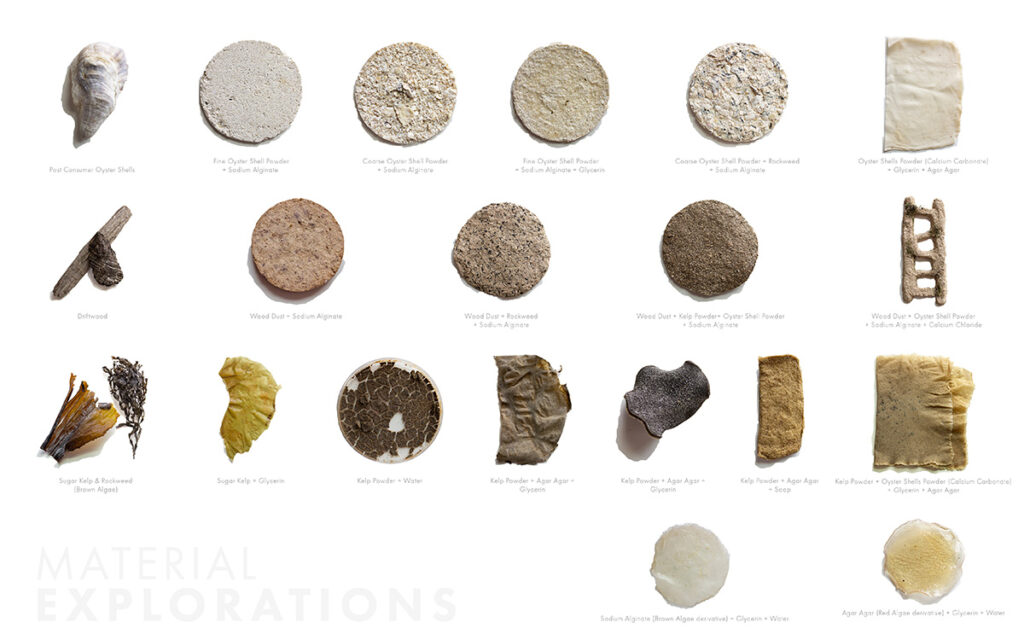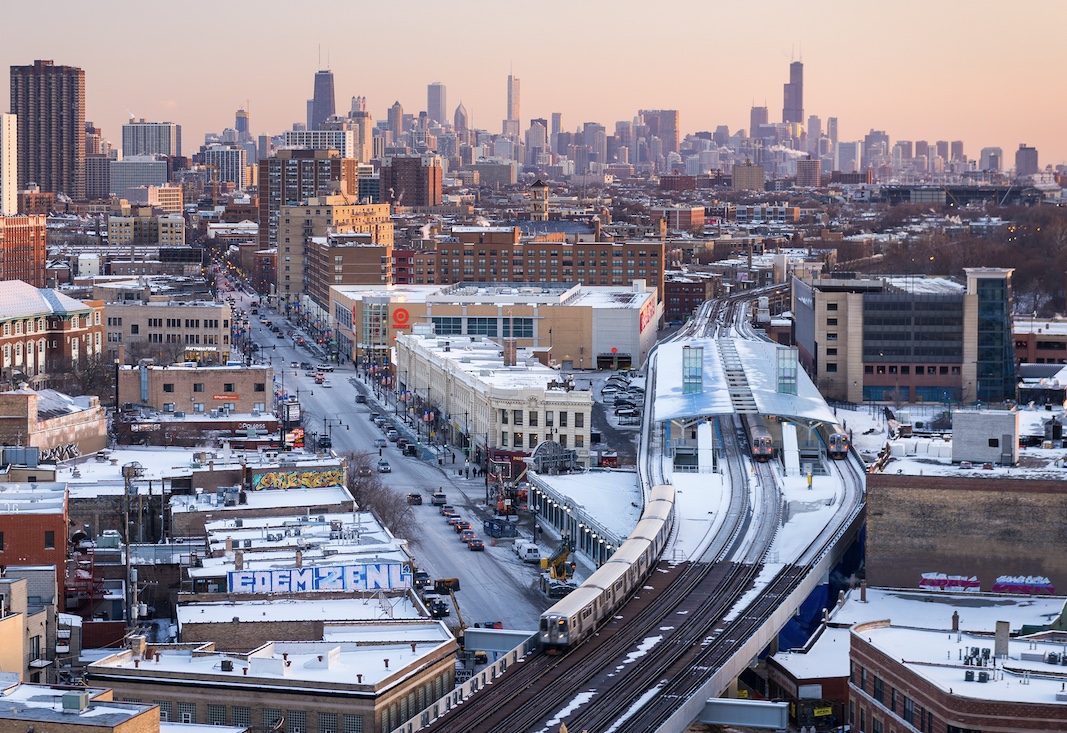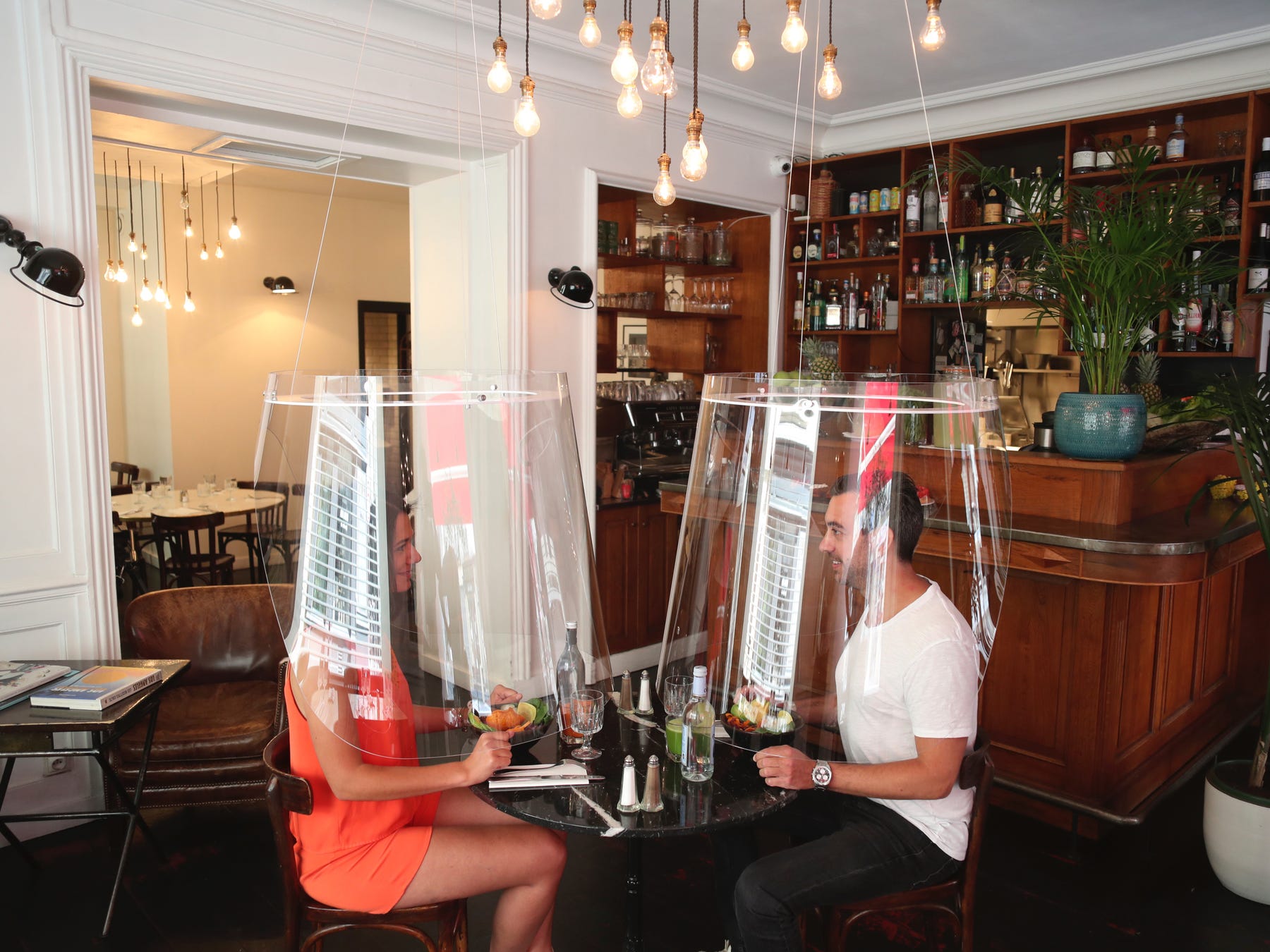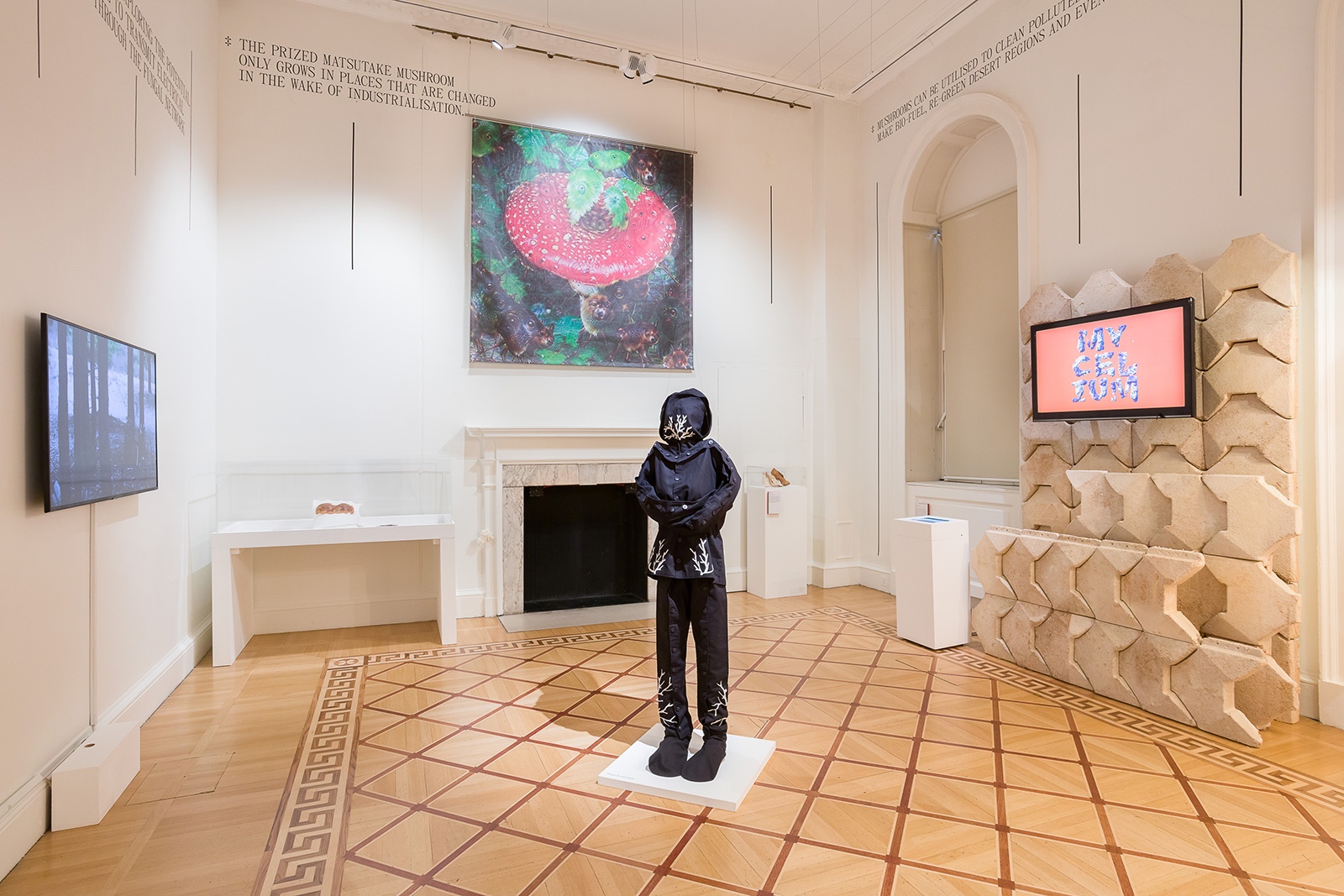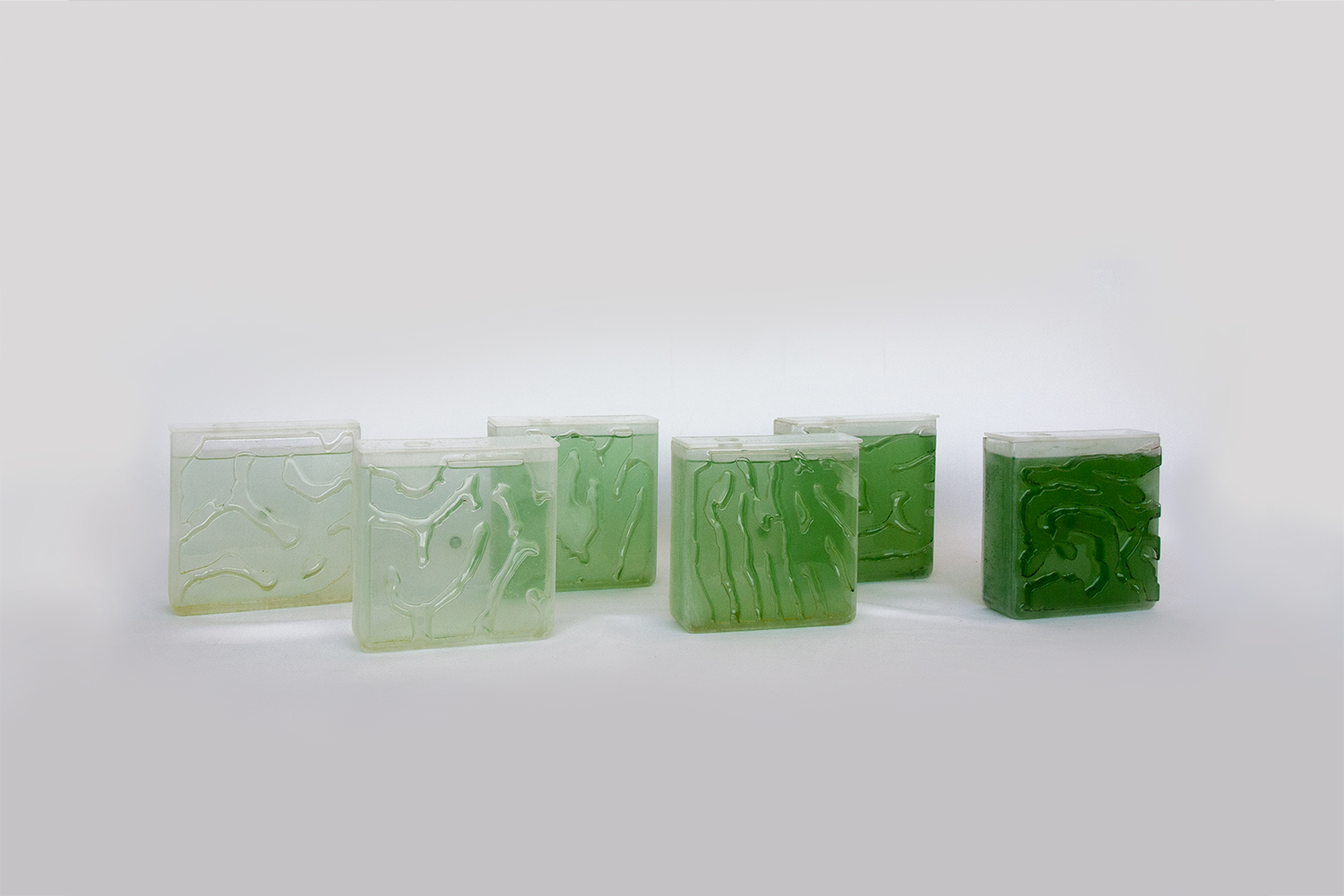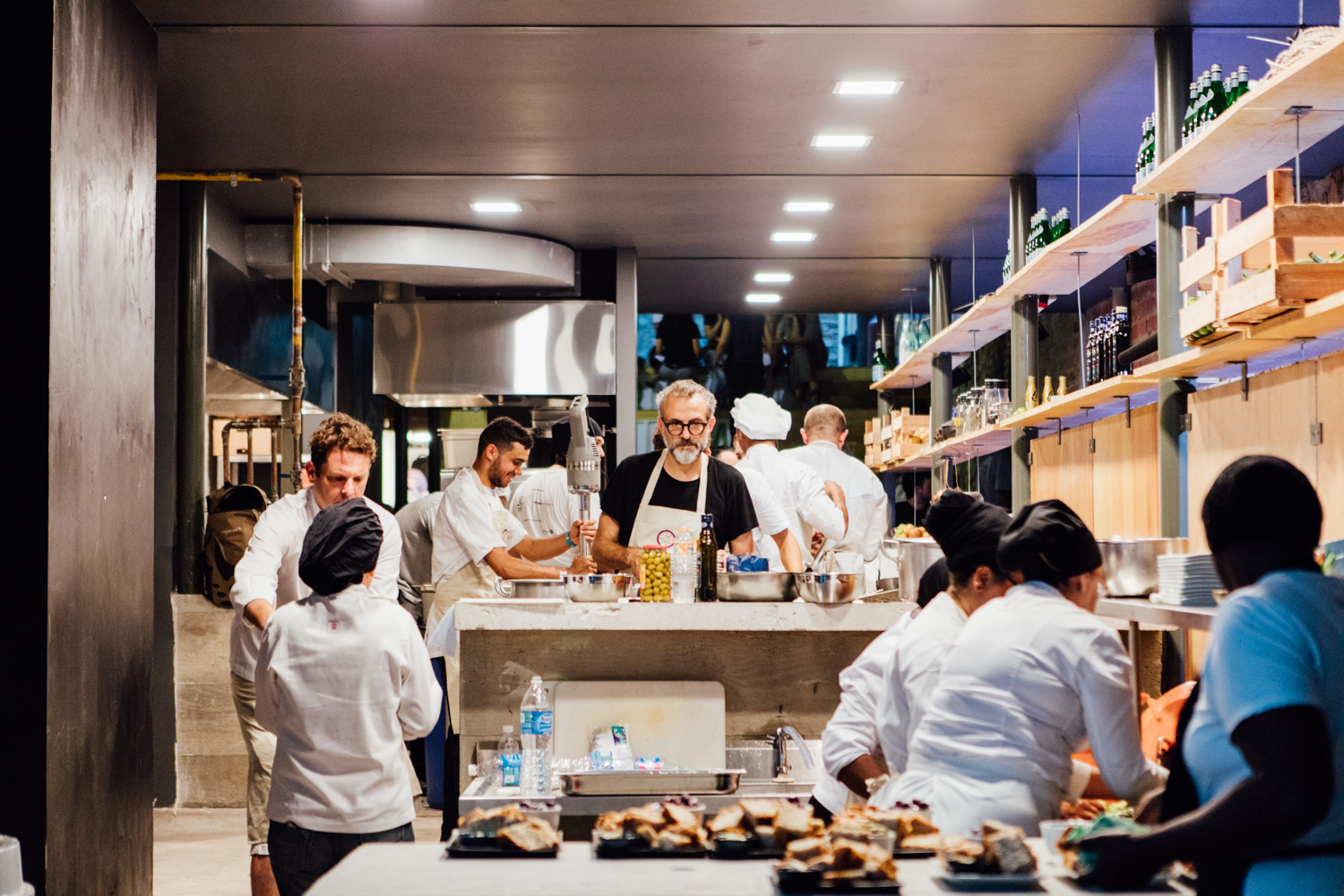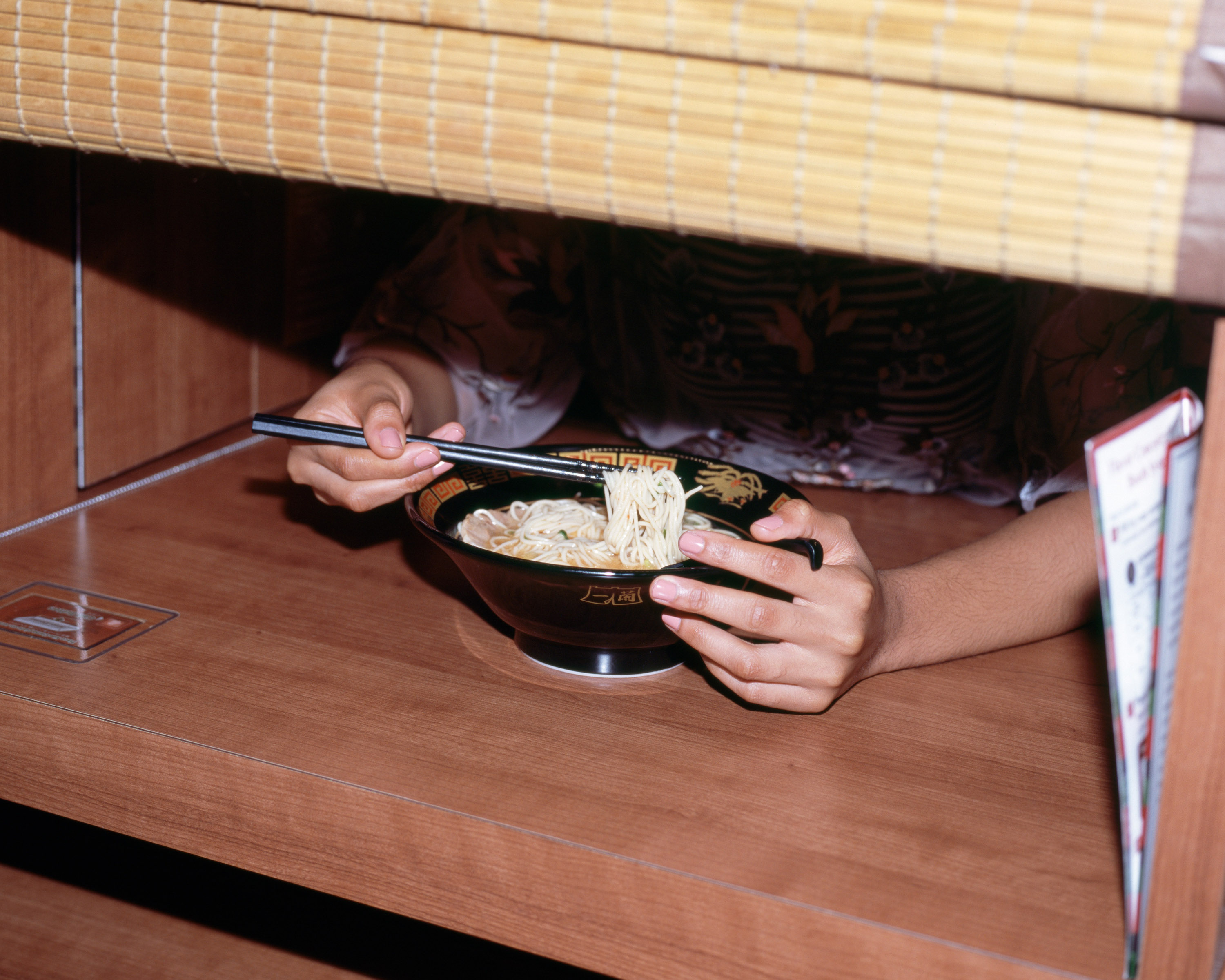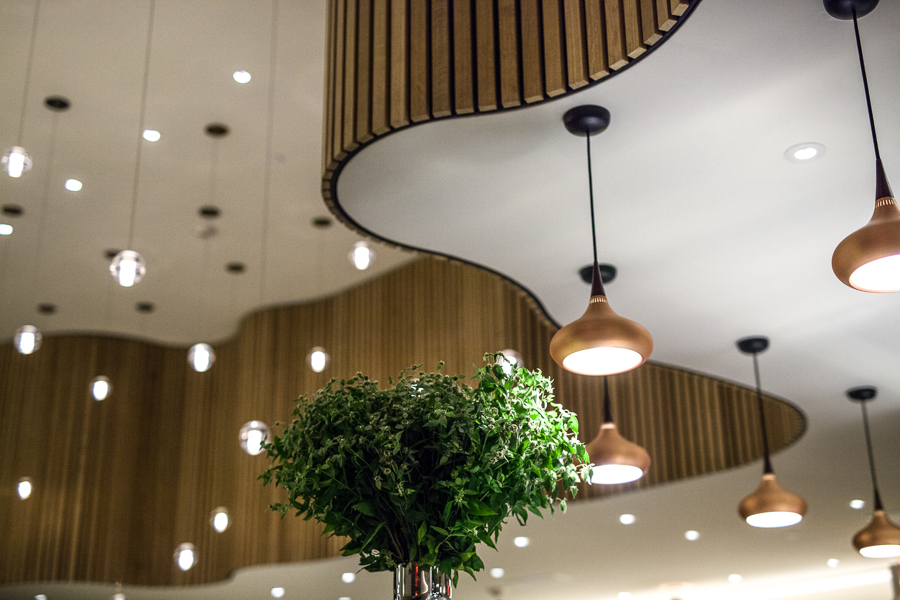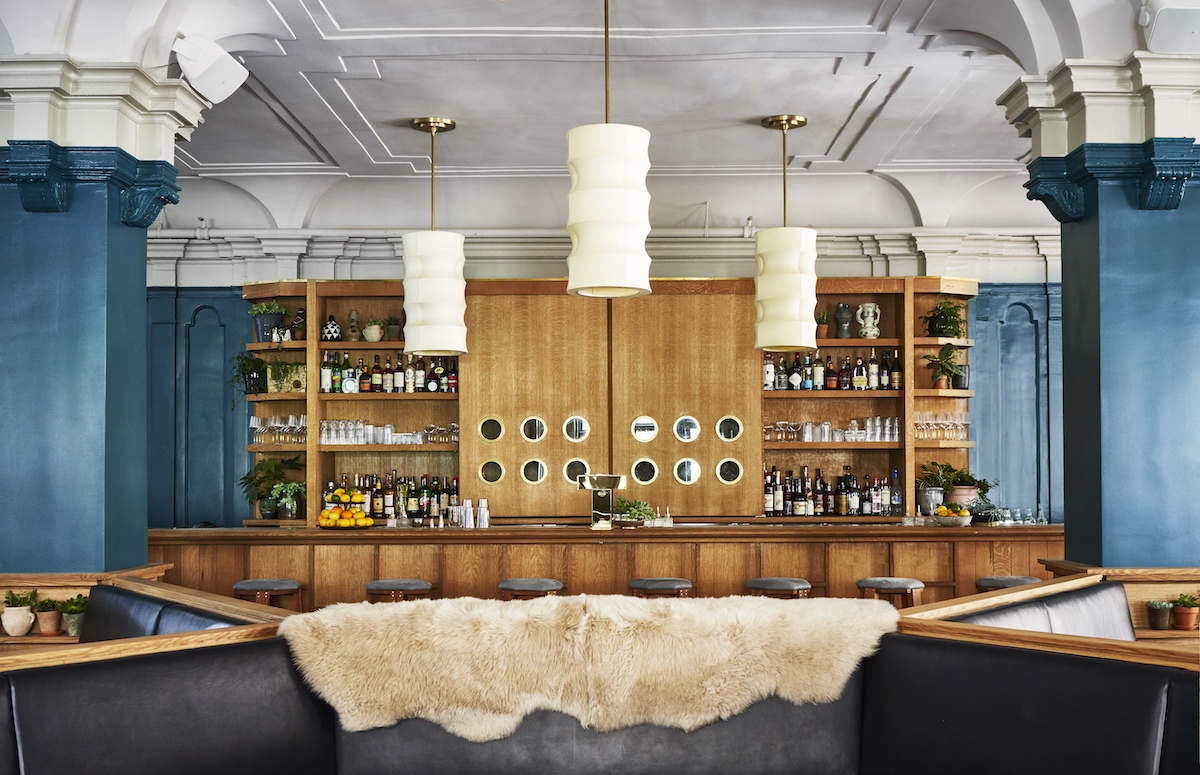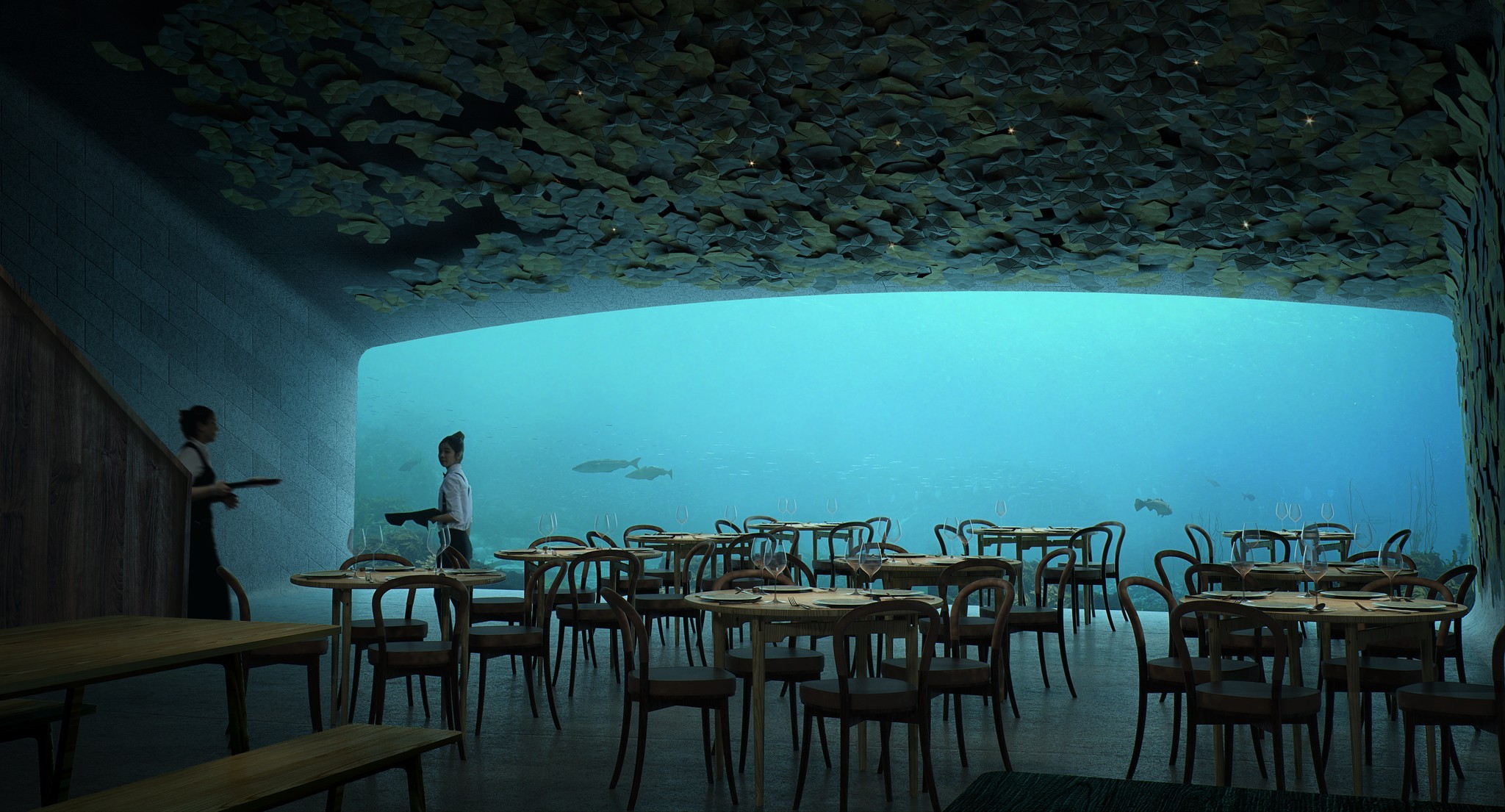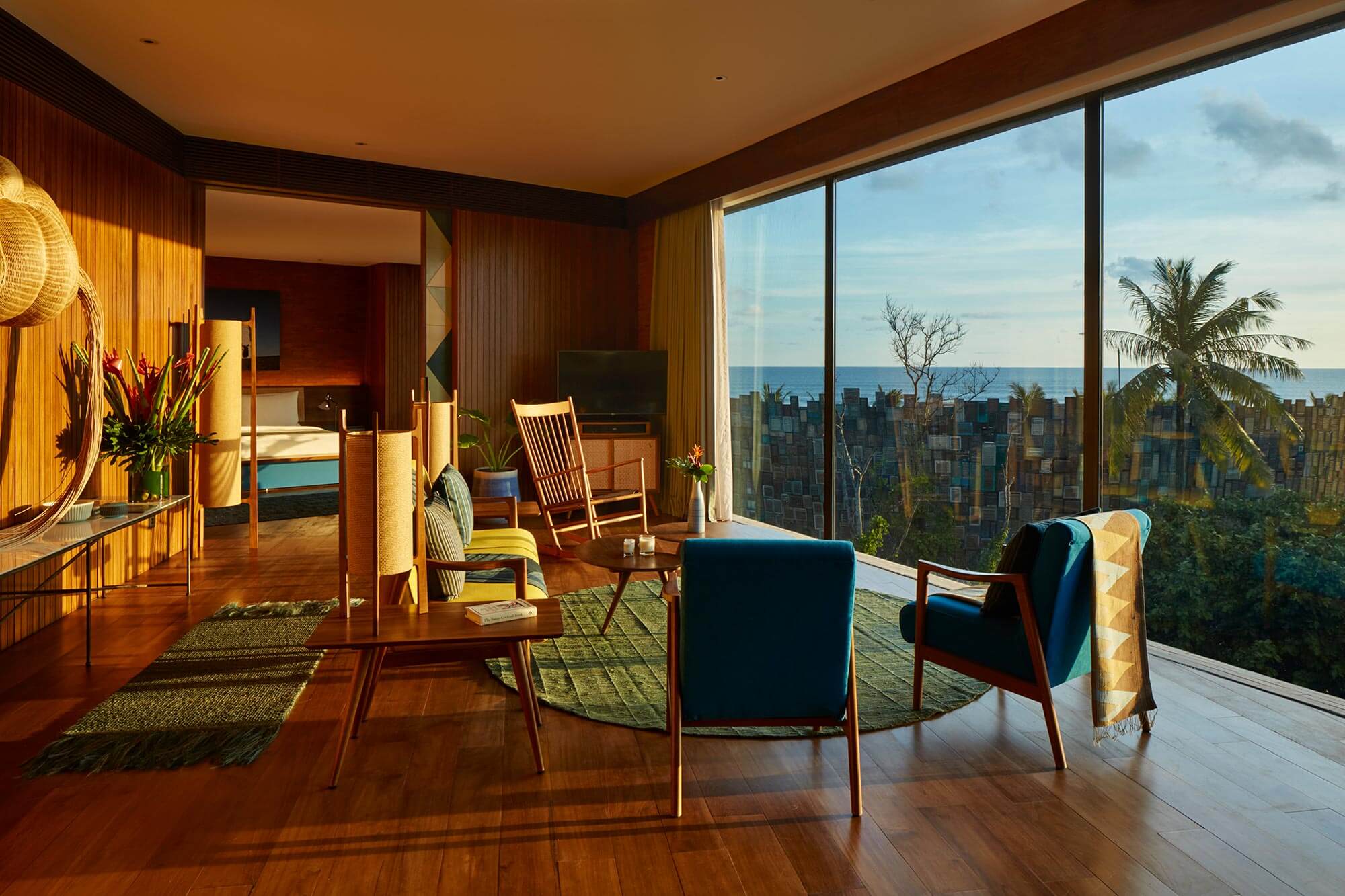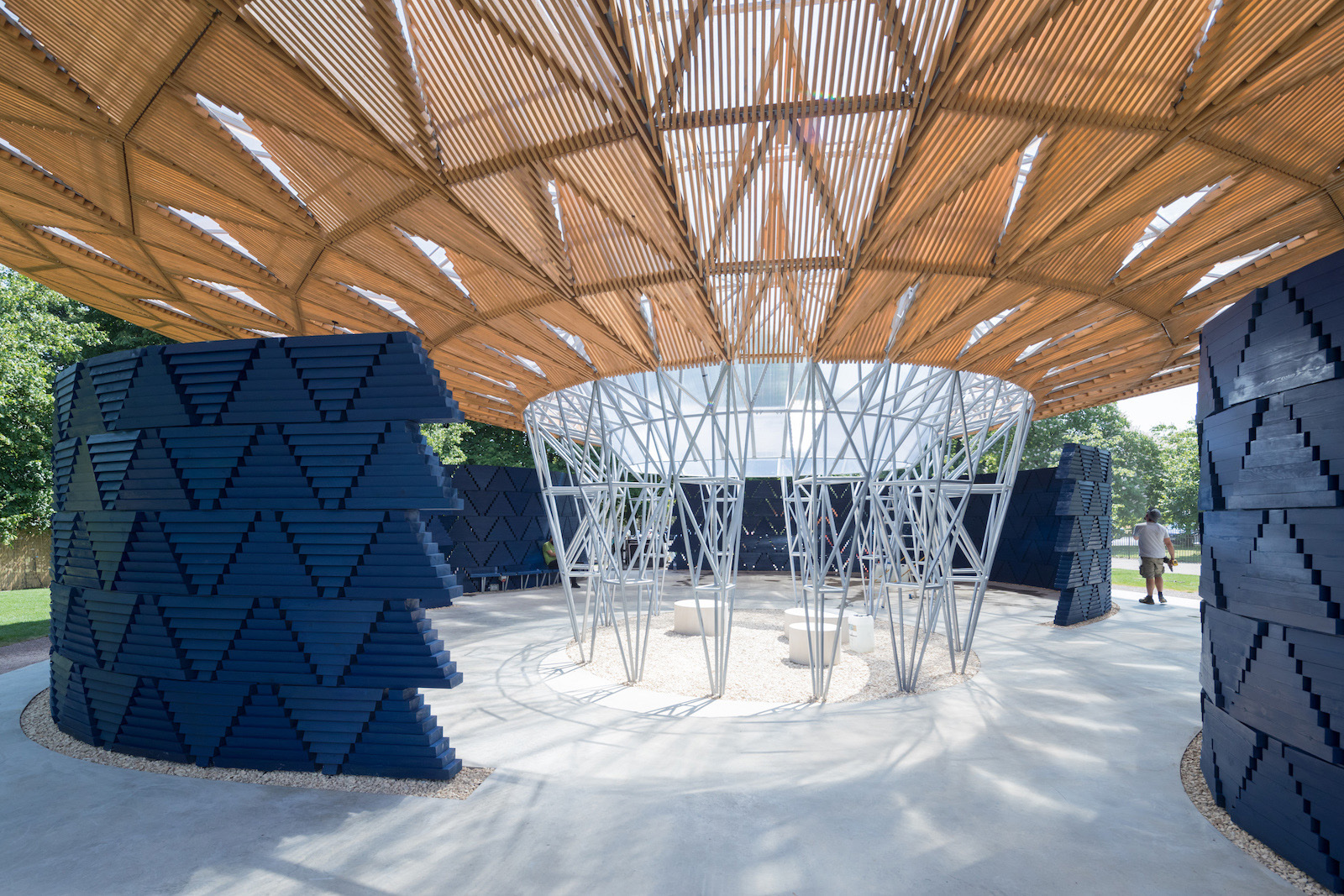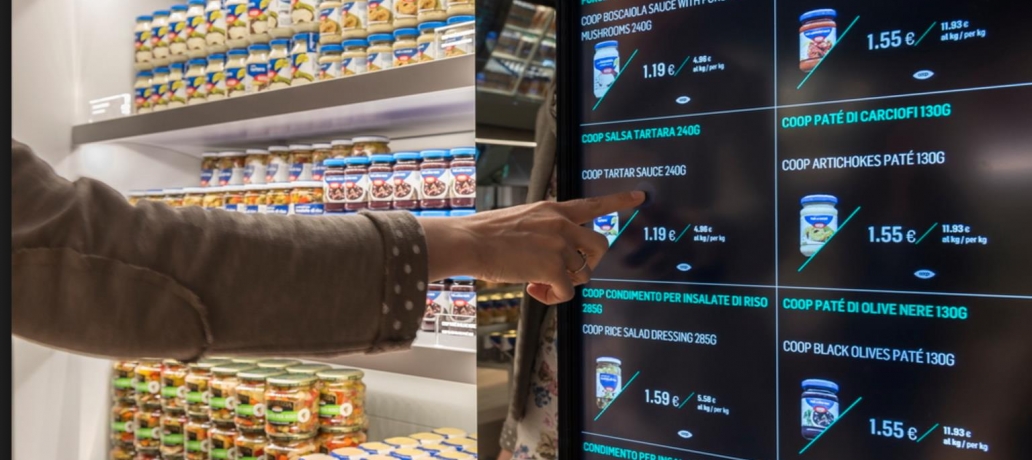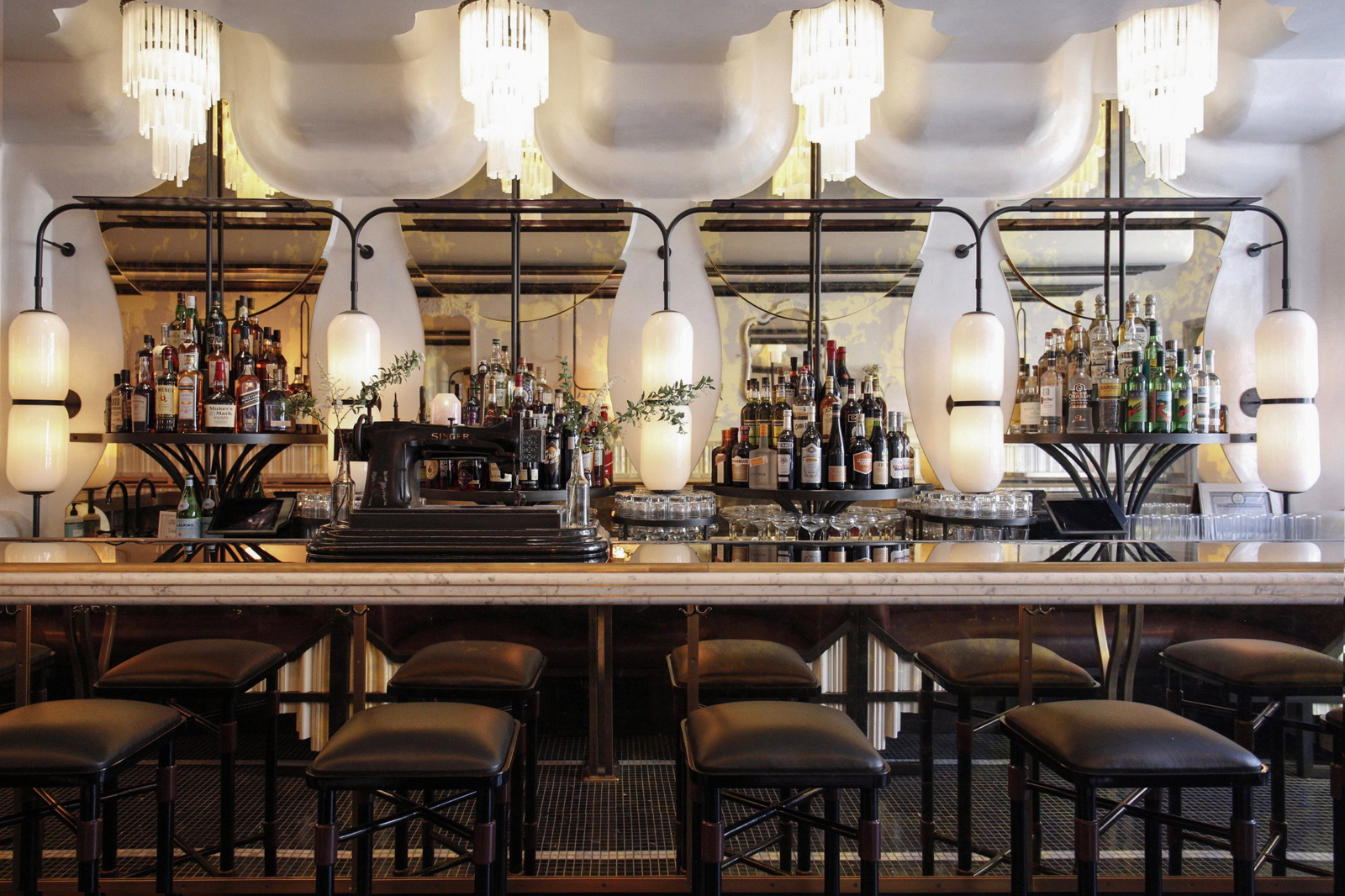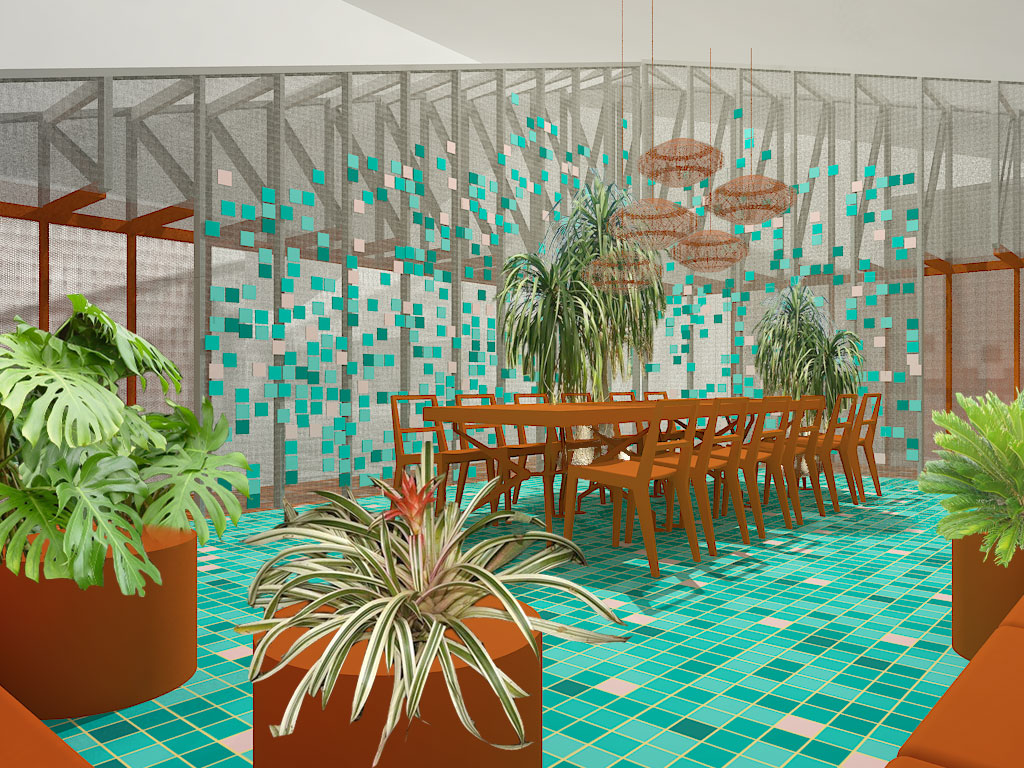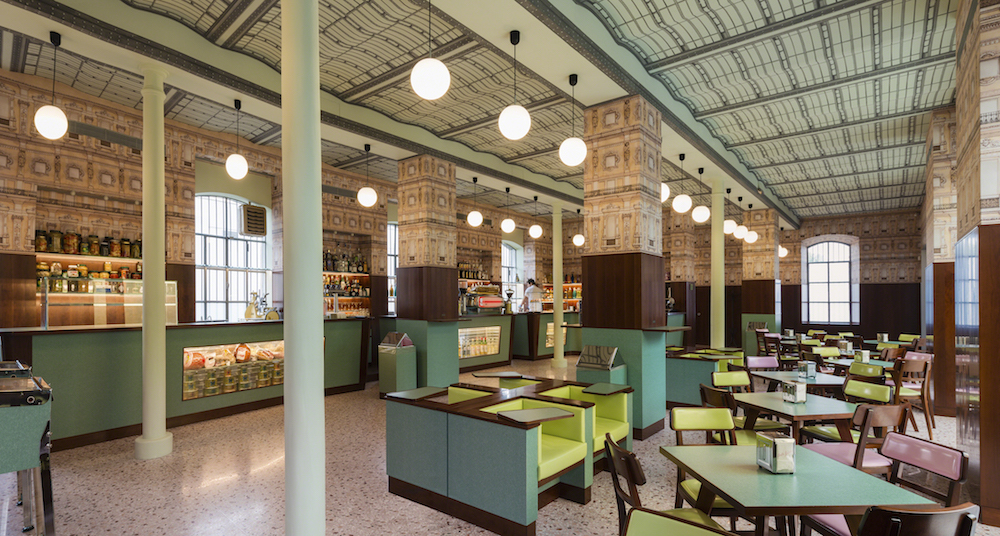Project Overview
Globalization has blurred the line separating local and global. Spaces, regardless of their geographical origin, look and are experienced similarly. This results in sameness and placelessness, causing alienation from local culture, traditions, and unique contexts. At a time when it’s fairly easy to move around and find “home” in different cultural contexts, how can we cultivate a sense of belonging and connection to the land?
Rooted in the traditional Indian practice of using regional, naturally occurring ingredients in building materials to foster a connection with the land, Earthing Interiority proposes a framework for interior design practice. It centers around place-based material and spatial design choices grounded in a hyperlocal context to counteract this placelessness. Moving away from colonial extractive methods, the framework of the project advocates for the use of locally foraged materials to design site-specific interiors within standardized urban dwellings in New York. By incorporating materials such as seaweed, oyster shells, moss, and driftwood, the project aims to reintegrate humans into a larger ecological network, fostering both social and ecological connections.
Through everyday interactions, inhabitants forge a symbiotic relationship of care and reciprocity, cultivating an understanding of the interconnectedness of all living things. Emphasizing the interior as a living ecosystem, where foraged materials are active participants(and not passive components), this approach of cohabiting seeks to imbue domestic environments with a sense of grounding for those dwelling within these otherwise impersonal placeless domestic environments.
Process
Inspired by the Indian philosophy of Nisarga, which emphasizes a deep connection between materials and the land, this project adopts a place-based design framework within New York City. It rejects colonial extractive methods in favor of foraging, a methodology that led to the integration of materials like seaweed, post-consumer oyster shells, moss, and driftwood into urban interiors, transforming them into living ecosystems. Bio-materials are developed and used based on their performance and contribution to the ecosystem. For instance, moss purifies air, oyster shells decompose bio-waste to generate heat and energy, and seaweed purifies water. This dynamic, closed-loop interior system fosters new ways of living and cohabiting, influencing spatial arrangements and daily rituals. Domestic practices like resting, nourishing, gathering, and cleansing are adapted to create a symbiotic relationship where both humans and materials support each other.
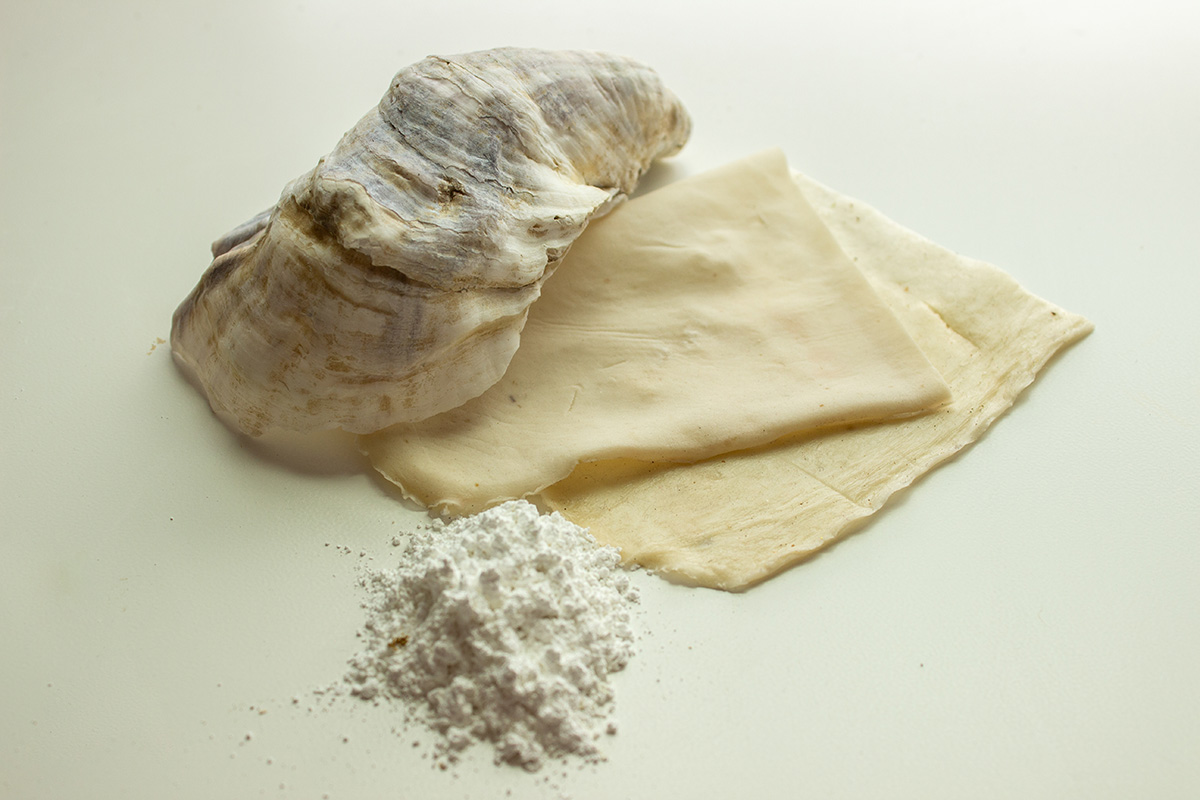
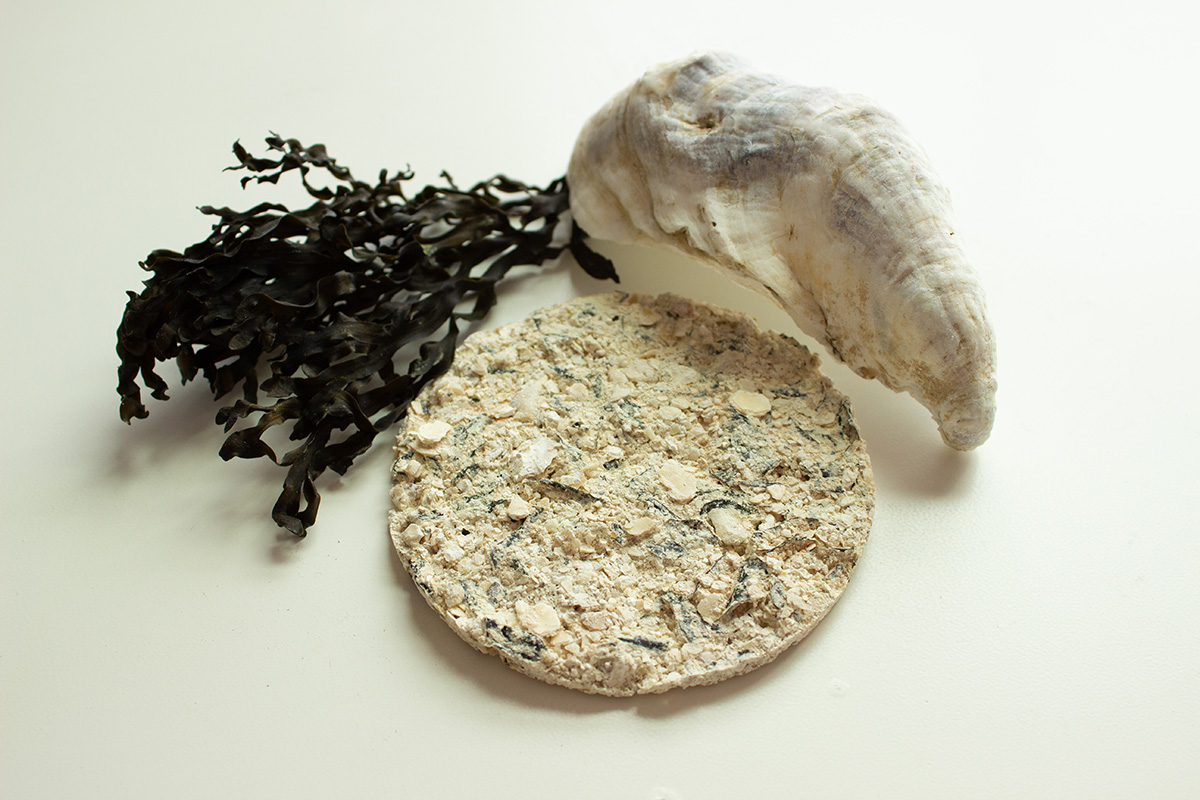
Shaping the Future of Food
This project redefines the relationship between living spaces and food by integrating sustainability into the core of the home. By repurposing post-consumer oyster shells from local restaurants—a major pollutant in New York City—into bio-materials that actively participate in processing household waste, the project creates a closed-loop system that revolutionizes waste management and our interaction with food. Within this ecosystem, food is grown, and all waste—both human and kitchen—is processed through an oyster shell bio-digester, generating heat and energy for the household. This approach introduces a new concept of “kitchening,” where waste is repurposed into fertilizers that nourish the local environment.
The interior adapts to seasonal changes, with spaces designed to gather around the bio-digester for warmth in cold weather and to cool off near a humidified moss screen during warmer conditions. This design fosters a symbiotic relationship between inhabitants and their environment, interconnecting food production, waste processing, and daily living. By aligning domestic life with ecological cycles, the project offers a sustainable, waste-free model for the future of food, deeply embedded in the local context.
About the Practice
Shreya Dwivedi is a designer working at the intersection of architecture, interior design, and material research. In her design practice, she advocates for bioregionalism, leveraging locally sourced natural and waste materials to advance circular and regenerative practices. Weaving craft and technology, Shreya is passionate about developing an approach that is deeply connected to place.
